What To Look For In A Spotting Scope ?
When looking for a spotting scope, there are several key factors to consider. First, consider the magnification power and objective lens size, as these will determine the scope's ability to zoom in on distant objects and gather light for clear images. Additionally, the quality of the optics, such as the lens coatings and prism type, will affect image clarity and brightness. The field of view and eye relief are also important, as they determine how much of the scene you can see and the distance at which you can comfortably view it. Durability and portability are other factors to consider, especially if you plan to use the spotting scope outdoors or while traveling. Finally, consider any additional features or accessories that may be important to you, such as waterproofing, tripod compatibility, or the availability of interchangeable eyepieces.
1、 Magnification power
When looking for a spotting scope, there are several important factors to consider. One of the most crucial aspects is the magnification power. Magnification power refers to how much closer the object will appear when viewed through the scope compared to the naked eye. It is typically denoted by a number followed by an "x" (e.g., 10x, 20x).
The magnification power you choose depends on your specific needs and preferences. If you are primarily interested in observing distant wildlife or birds, a lower magnification power of around 10x to 30x may be sufficient. This range allows for a wider field of view, making it easier to locate and track moving objects.
On the other hand, if you are an avid hunter or birdwatcher who wants to observe fine details from long distances, a higher magnification power of 40x to 60x or even more may be desirable. However, it's important to note that higher magnification can also result in a narrower field of view and reduced image brightness.
In recent years, there has been a trend towards spotting scopes with variable magnification power. These scopes allow you to adjust the magnification level according to your needs, providing greater flexibility in different viewing situations. This feature can be particularly useful when observing objects at varying distances or in different lighting conditions.
Ultimately, the choice of magnification power depends on your specific requirements and the intended use of the spotting scope. It is advisable to try out different scopes and magnification levels before making a purchase to ensure that you find the right balance between magnification, field of view, and image quality.
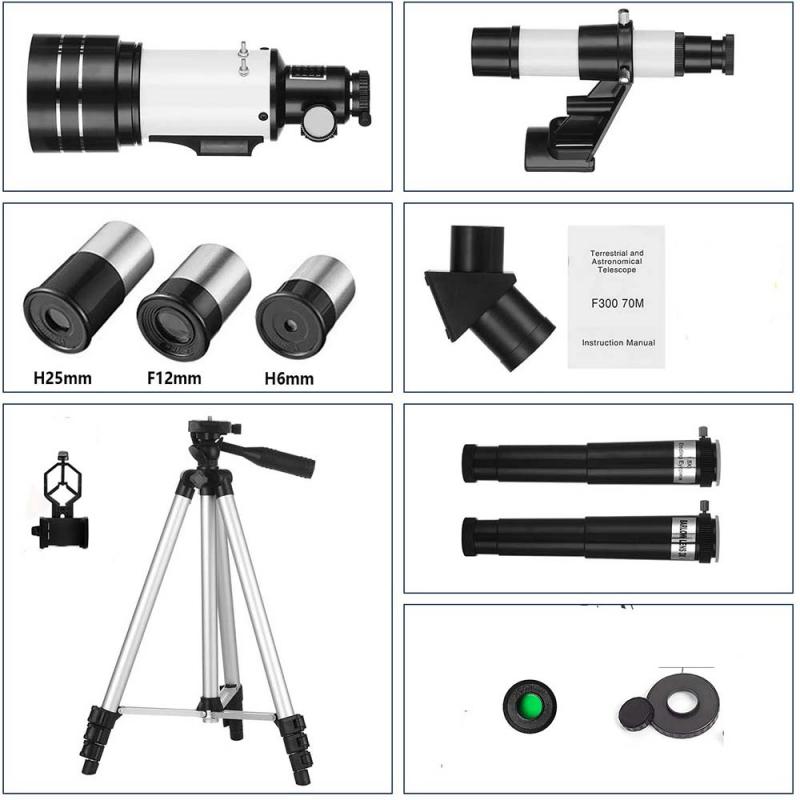
2、 Objective lens diameter
When looking for a spotting scope, one of the most important factors to consider is the objective lens diameter. The objective lens is the front lens of the scope and its diameter determines the amount of light that can enter the scope. A larger objective lens diameter allows more light to enter, resulting in a brighter and clearer image.
The objective lens diameter is typically measured in millimeters and can range from around 50mm to 100mm or more. A larger objective lens diameter is generally preferred for spotting scopes as it provides better image quality, especially in low-light conditions. It allows for a wider field of view and better resolution, making it easier to spot and identify distant objects.
However, it is important to note that a larger objective lens diameter also means a larger and heavier scope. This can make it less portable and more cumbersome to carry around. Therefore, it is essential to strike a balance between the desired image quality and the practicality of the scope.
In recent years, there have been advancements in lens technology that have improved the image quality of spotting scopes with smaller objective lens diameters. These scopes are now able to provide impressive image clarity and brightness, rivaling some larger objective lens models. Therefore, it is worth considering the latest advancements in lens technology when choosing a spotting scope.
In conclusion, when looking for a spotting scope, the objective lens diameter is a crucial factor to consider. While a larger diameter generally provides better image quality, advancements in lens technology have made smaller objective lens scopes more competitive. It is important to find the right balance between image quality and portability based on individual needs and preferences.
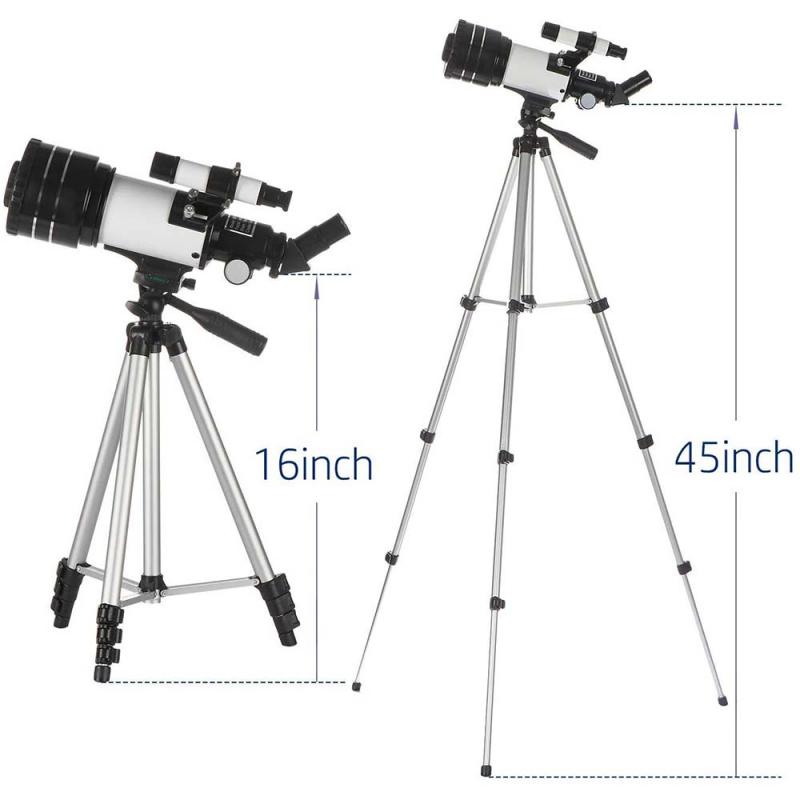
3、 Field of view
When looking for a spotting scope, one of the key factors to consider is the field of view. The field of view refers to the width of the area that can be seen through the scope at a specific distance. A wider field of view allows you to observe a larger area without having to constantly adjust the scope.
A wider field of view is particularly important when observing fast-moving subjects or when scanning a large area for wildlife or birds. It enables you to quickly locate and track your target, making it easier to follow their movements. Additionally, a wider field of view can enhance the overall viewing experience by providing a more immersive and panoramic view of the surroundings.
Advancements in technology have led to the development of spotting scopes with improved field of view. Manufacturers are now incorporating wider angle eyepieces and advanced optics to provide users with a broader perspective. Some scopes also feature adjustable eyecups or twist-up eyepieces, allowing users to customize the field of view to their preference.
It is worth noting that the field of view is often inversely related to magnification. Higher magnification may result in a narrower field of view, while lower magnification can provide a wider field of view. Therefore, it is important to strike a balance between magnification and field of view based on your specific needs and preferences.
In conclusion, when searching for a spotting scope, be sure to consider the field of view. A wider field of view can greatly enhance your viewing experience, allowing you to observe more of the surrounding area and track fast-moving subjects with ease. Keep in mind the latest advancements in optics technology and choose a scope that offers a suitable field of view for your intended use.
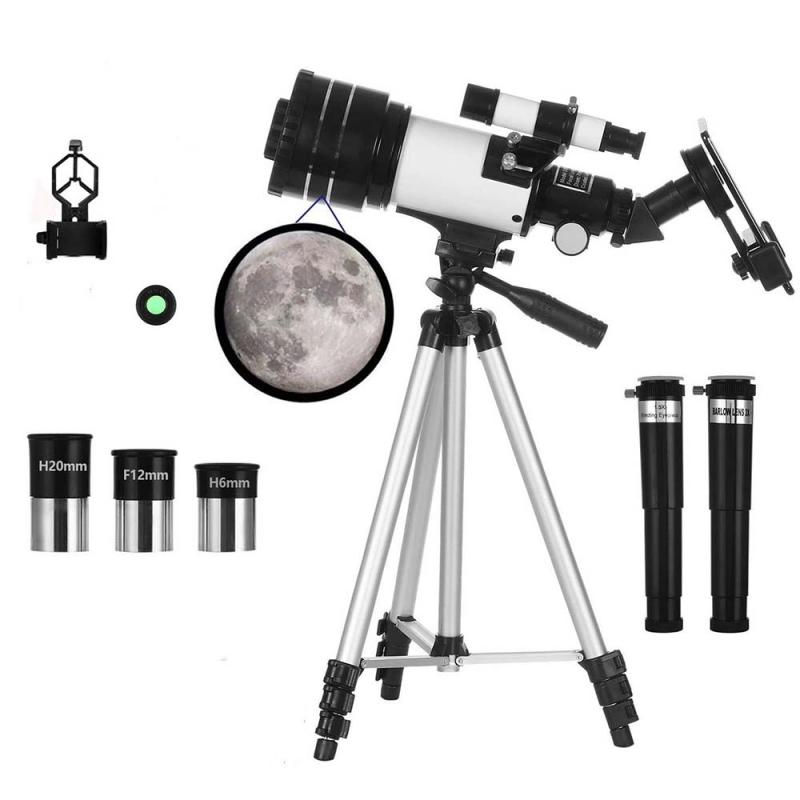
4、 Lens coating and quality
When looking for a spotting scope, there are several important factors to consider. One of the most crucial aspects is the lens coating and quality. The lens coating plays a significant role in determining the clarity, brightness, and overall performance of the spotting scope.
Lens coating refers to the thin layers of chemicals applied to the glass surfaces of the lenses. These coatings help reduce glare, improve light transmission, and enhance image quality. There are different types of lens coatings available, such as fully multi-coated, multi-coated, and coated. Fully multi-coated lenses are considered the best as they provide the highest level of light transmission and minimize reflections.
The quality of the lenses is equally important. High-quality lenses are made from premium glass materials that offer superior clarity and color accuracy. They also minimize distortion and aberrations, resulting in sharper and more detailed images. Look for spotting scopes with lenses made from ED (Extra-low Dispersion) glass or HD (High Definition) glass, as these materials further enhance image quality and reduce chromatic aberration.
It is worth noting that lens coating and quality have seen significant advancements in recent years. Manufacturers are constantly developing new technologies and coatings to improve light transmission and image quality. For example, some spotting scopes now feature advanced coatings that repel water, oil, and dirt, making them easier to clean and maintain.
In conclusion, when searching for a spotting scope, pay close attention to the lens coating and quality. Look for scopes with fully multi-coated lenses and high-quality glass materials like ED or HD glass. Consider the latest advancements in lens coating technology, as they can greatly enhance your viewing experience.
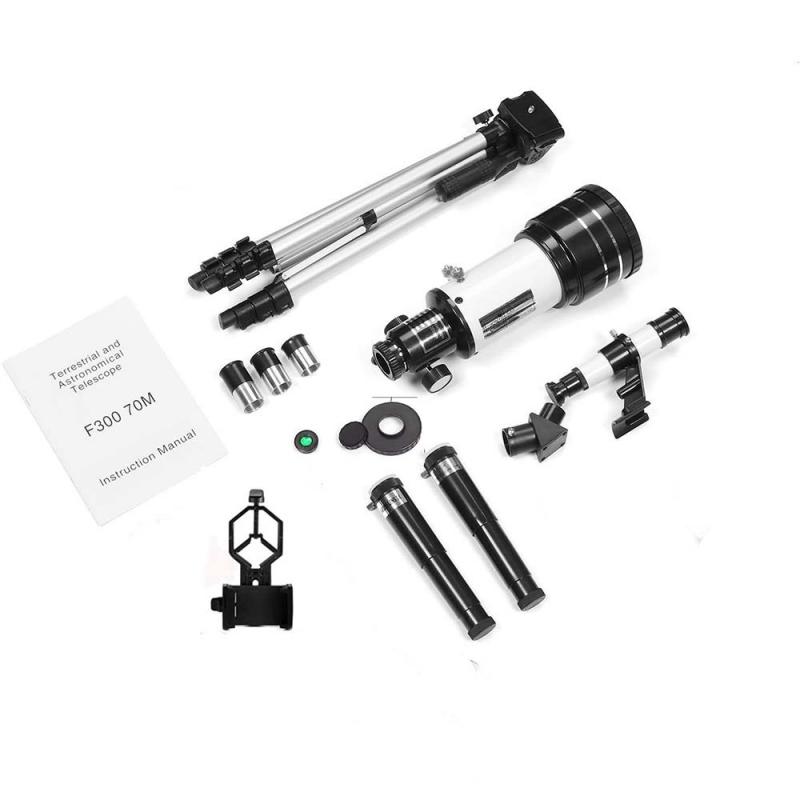







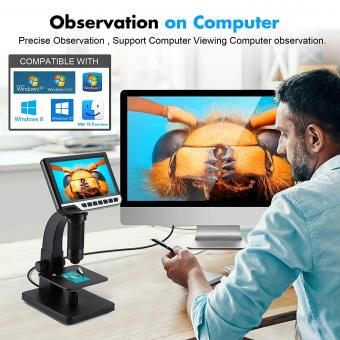



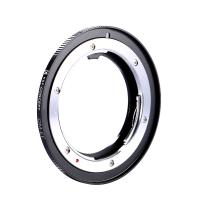
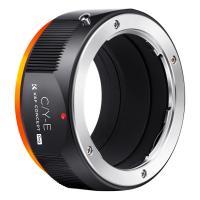

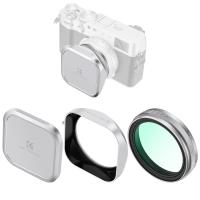
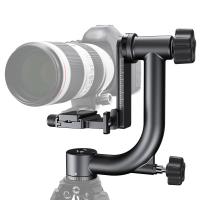
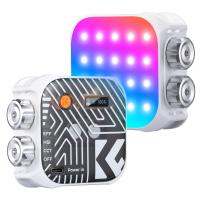
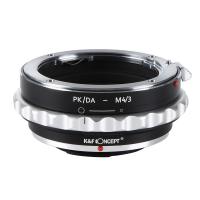

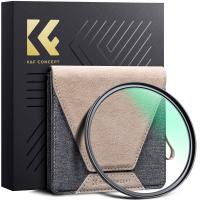

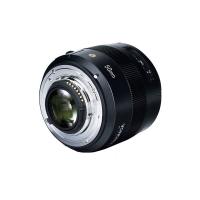
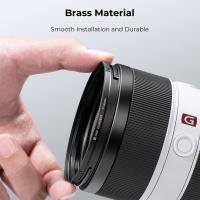
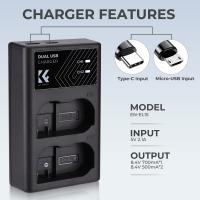


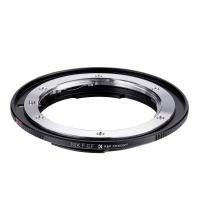
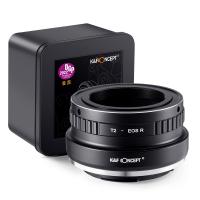
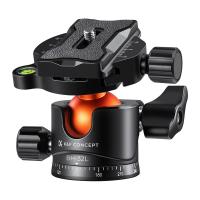

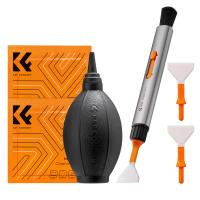
There are no comments for this blog.